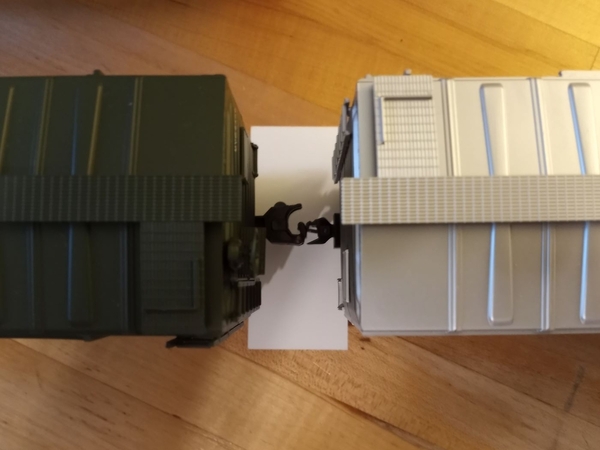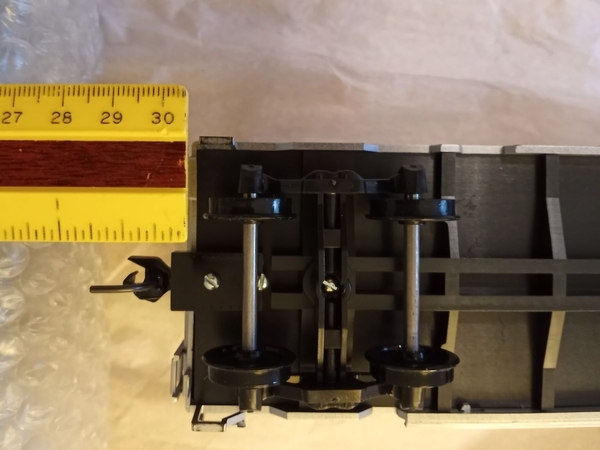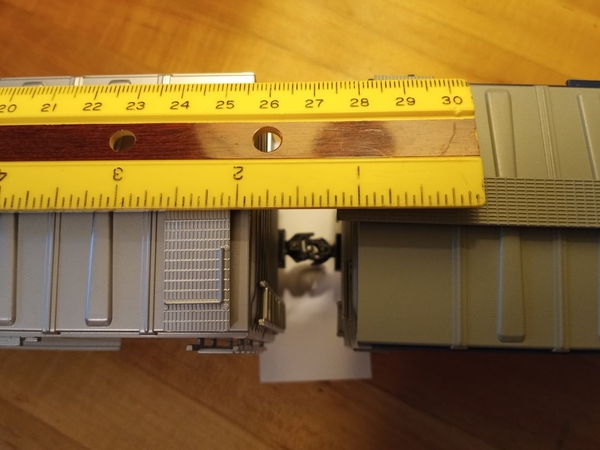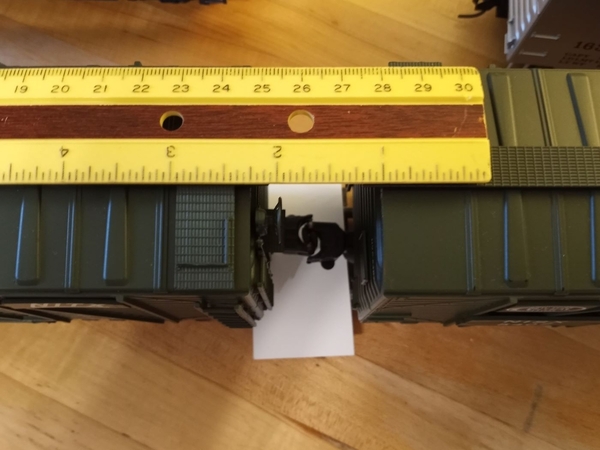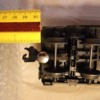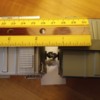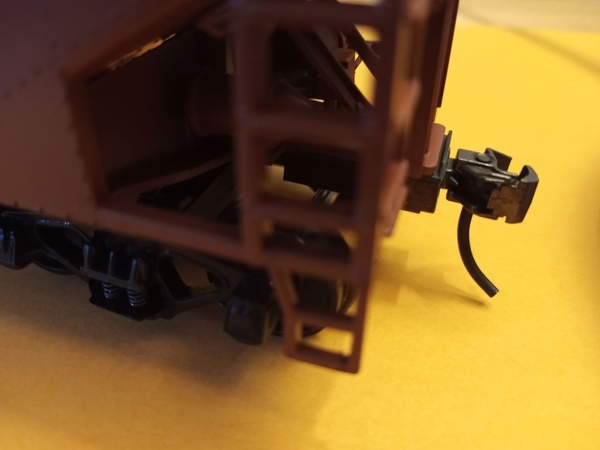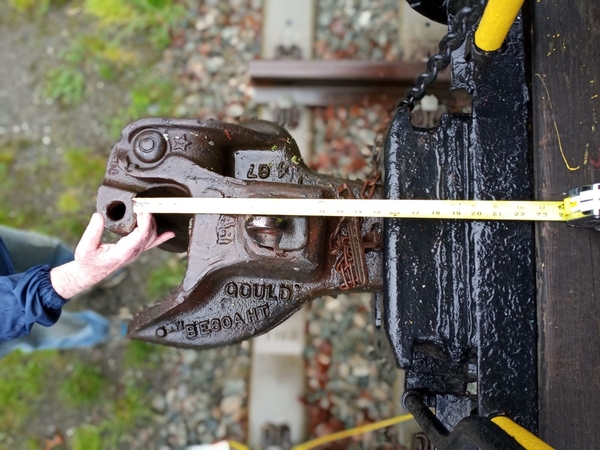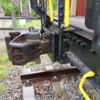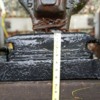Not quite sure where to post because this because it relates to 2R & 3R Scale and Real Trains.
With Scale Modeling my understanding is to try to accurately portray the Prototype. When I look at a "string of cars" this would mean they are sitting at a reasonable height and properly "spaced".
Depending on "brand", many 3R cars sit higher than the prototype, but most generally accept this if not "excessive". Also the spacing of 3R is generally too great, but again it is accepted, so the cars can negotiate small radius curves.
But with 2R Scale most seem to expect a tighter standard.
So this got me wondering how close our "scale" trains are to the prototype. I did some research and found there is no "absolute standard" for prototype equipment for many reasons. I wanted to keep this simple and decided to just look at a "transition era" boxcar. The spacing is visually more apparent with box cars than say Tank Cars or Flat Cars. From what I found a reasonable average Prototype spacing for these cars is about 42". For my comparison I grabbed some unmodified Weaver 3R and 2R cars which were sitting around.
This is what I found. (42" prototype = 7/8")
I was actually surprised that the 2R cars were basically "right-on". I expected them to have some extra space, a 36" Radius Curve (144') would be extremely tight for a prototype curve, only used in very tight quarters for slow speed operation. Again the spacing for the 3R was oversized, but not really ridiculous.
Anyhow I posted this to share what I found. Thought some might find this interesting.




